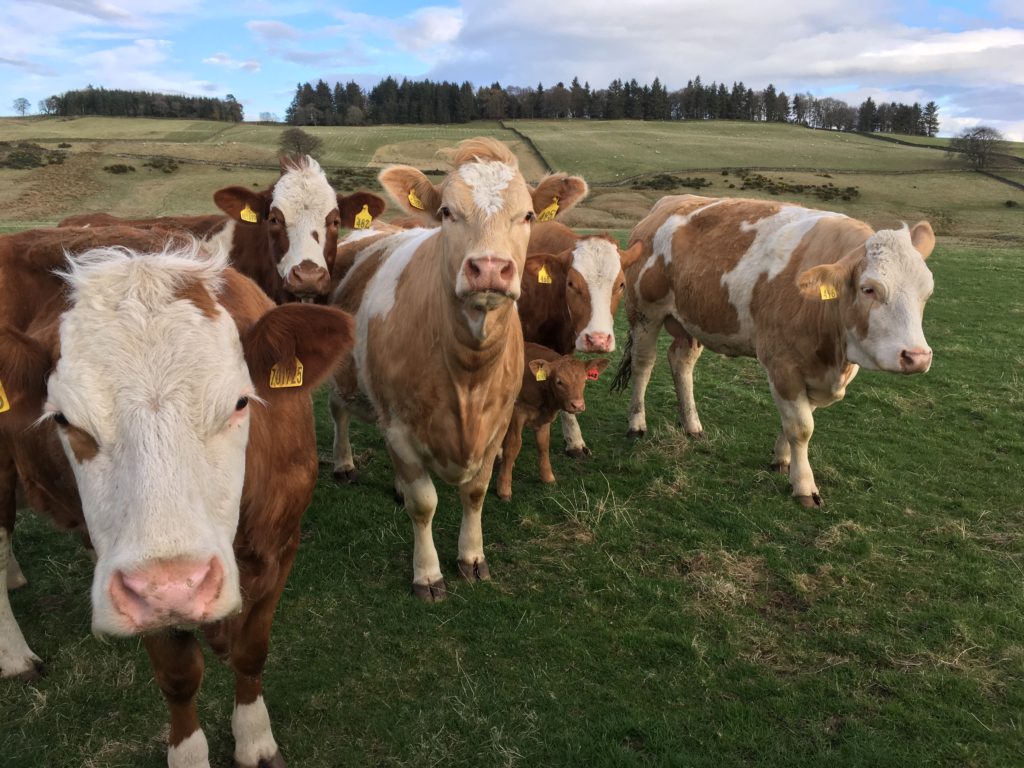Feeding Livestock In Hot Weather
3 August 2018As summer progresses the quantity and quality of grass declines and due to the very low soil moisture levels grass growth has fallen considerably. Sward heights should therefore be checked regularly to ensure adequate feed. On a rotational grazing system, fields should be grazed at 10 cm and higher residuals should be left (6 cm in Aug/Sept) for better grass recovery.
Grazing stock should be given first priority, for example autumn calving cows and ewes in poor condition. For autumn calvers, this is vital for colostrum and milk production and regaining condition before returning to the bull. By prioritising the breeding stock on farm you’re protecting next year’s crop of calves/lambs.
Grass growth has been reported on some farms as less than half of that of 2017. Some practical steps which can be implemented to account for this are:
- Increasing the grazing area. This may require taking out fields destined to be cut for silage
- Supplementary feeding. This will depend on the type of cattle and targets of growth rate, as well as how much grass is available but a simple rule of thumb for feeding concentrates alongside grass are:
- Where grass is reasonably plentiful then concentrates can be fed at 0.5kg per 100kg lwt
- Where grass supply is moderate or poor, particularly on dry fields burning up, feeding concentrates at 1kg per 100kg lwt are more likely to be required.
- The concentrate should be high in energy and moderate for protein (13-14% fresh weight). Do not feed more than 0.5kg per 100kg lwt in a single feed.
- Reducing stock. Unproductive animals (i.e. barren, late calvers, poor performers) should be culled to reduce demand. Consider finishing heavy cattle before the winter on an intensive diet.
- Forage crops offer a solution to fill the forage gap where grass growth is insufficient. It may be dry to establish these crops now, but after soil has some moisture, forage crops could be a solution. These could be sown after harvest in a stubble field or a grass field that would benefit from a break crop. Various crops can be sown in August/ September. Stubble turnips- utilise 8-12 weeks after sowing; forage rape and hybrid brassicas – utilise 10-12 weeks after sowing.
- Wean early. Calves/ lambs will do better without competition for grass from mothers. A calf at 4 months of age will be getting half its nutritional requirements from forage/concentrates rather than milk. Creep feeding is extremely efficient owing to the animals’ high potential growth rate.
Looking Ahead to Winter
Take action now and work out a realistic feed budget to establish the extent of the shortfall. Analyse conserved forage for its nutritional value. Grass silage will undoubtedly be drier this year but it’s essential to know the energy and protein to feed budget accurately for different groups of livestock. Use of forage Alternatives e.g. wholecrop silage can replace all or part of the grass silage in a diet and other substitutes to bulk out forage include potatoes, draff, root vegetables i.e. fodder beet, swedes and other vegetables. Remember to seek advice from a nutritionist to ensure the planned diet will meet livestock’s nutritional requirements.
Mary Young, mary.young@sac.co.uk
Sign up to the FAS newsletter
Receive updates on news, events and publications from Scotland’s Farm Advisory Service

